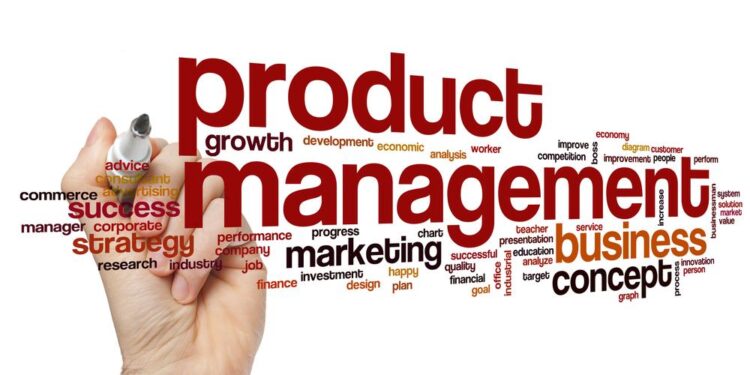There are several cogs that must run in coordination in the intended way to make the machinery of a business run smoothly. Even the slightest defect or ill-timing in even one cog can cause the entire business to derail, no matter what its size, niche, market, or type is. These cogs are the various departments, management systems, and corporate processes that help operate a business. One of the most crucial pillars that hold up a business is product management. One study reveals that if your product manager is fully optimized, they can drive up profits by 34.2%. This implies that if your company suffers from poor product management, it is losing at least 34.2% of its business.
What Is Product Management
Product management is essentially an organizational and strategic function that deals with the various stages of the lifecycle of a product from the conception of the idea to the withdrawal of the product from the market. It consists of market research and analytics, business justification, product planning, development, marketing, pricing, verification and validation, launch, forecasting, phase-out, etc. The steps in product management are:
- Conducting thorough market research to decipher customer needs, current market trends, and the potential competition.
- Creating a strategic plan for the development, marketing, release, and sale of the product.
- Relaying these plans to the necessary stakeholders in the right manner to help receive the necessary permissions to start production.
- Giving the necessary directives to all the required teams to get the product into the market according to the plan.
- Gathering information and using data analytics to understand how the product was received and how it is performing.
- Taking the steps to incorporate the insights from this data to modify sales and marketing tactics in a bid to improve its performance.
- Keeping a keen eye on the market to understand when it is time to withdraw or replace the product and developing the best plan for doing so without any loss
Common Errors In Product Management
The efficiency and quality of product management in your company determines how well your products will fare among your customers. Just as exemplary product management can take your business places, poor product management can ruin all your hard work. Some common mistakes in product management are:
- Not focusing on what the customer wants or needs when defining product requirements
- Thinking that an innovative addition can lead to the success of a product even though it does not add any substantial value
- Not creating accurate representations of your customer personas
- Not segregating the product user from the product buyer when formulating customer needs
- Believing that adding new, ostentatious features will add benefit to the product
- Adding new features instead of addressing current bugs and flaws
- Not putting equal stress on product quality and product demand
- Failing to design a viable business model that brings in revenue and adds value to the community
- Forgetting about user experience in a bid to improve the product
- Underutilizing a marketing channel or time
- Not setting the right goals for the product
- Not realizing the right time to phase out the product from the market
- Trying to bypass necessary assessments, quality tests, environmental safety screenings, financial laws, etc
- Putting more weightage on profit rather than quality
- Not communicating a change or decision with the necessary team or department
- Not aligning the product goals with short and long-term company goals
How Does Poor Product Management Damage A Business
Product management deals with the heart of the business, ie, the product. The hard truth is that faulty product management can completely and terminally ruin a business. We will look at the problems a business will face for faults in each step of the product management chain.
- If your market research is wrong, you will have the wrong image about the requirements of your customers, rising demands, and current supplies. As a result, the product you create will not cater to the wants of your target demographic.
- Insufficient and messy planning and creating a non-sustainable business model will result in the failure of the product even if it was what customers wanted.
- If you cannot get the stakeholders on board, your product will either not receive the green signal or it will receive resistance throughout.
- Lack of proper instructions and communications among the departments will give rise to completely avoidable roadblocks and misunderstandings.
- Erroneous estimation of production volume or inventory size and composition will either result in loss or unsatisfied customers.
- Not considering customer feedback to update products will erode your loyal customer base.
- Keeping the product in the market longer than needed will cause unnecessary expenditure in inventory maintenance and other expenses.
Conclusion
Product management courses have become very common these days due to businesses looking for trained professionals instead of making do with someone with generalized knowledge. A product management certification can help you bag a high-paying job with reputable companies. You can even obtain a product management certification online if you are already a product manager and want to get better at your job.
Nitin Murali is a Marketing Executive at the Institute of Product Leadership. A curious and inquisitive individual, he’s loves conversations around the 0-1 journey and is a startup enthusiast residing in the Silicon Valley of the East.
Linkedin: https://www.linkedin.com/in/nitin-murali/
Twitter: twitter.com/nitinmurali1










